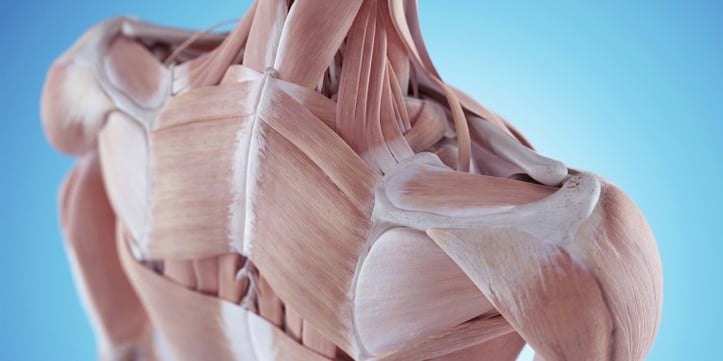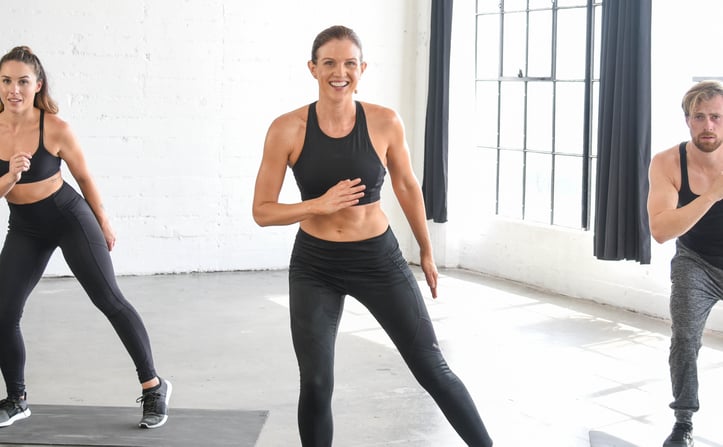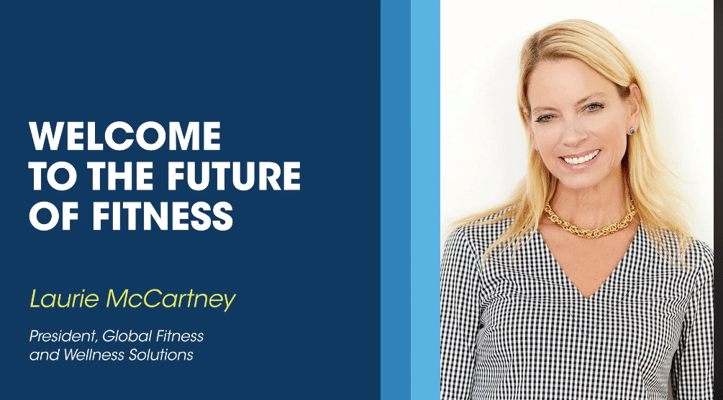5 Fitness Myths Busted! What Science *Actually* Says About Your Routine (So You Can Train Smarter!)

5 Fitness Myths Busted! What Science Actually Says About Your Routine (So You Can Train Smarter!)
If you’ve ever scrolled through fitness tips online or listened to advice in the gym and thought, “Wait, does that even work? Is that right for me?”—you’re definitely not alone. The world of fitness is unfortunately brimming with misinformation, often leaving well-intentioned beginners (and even seasoned gym-goers!) feeling confused, frustrated, or stuck.
Let’s cut through that noise together. We're going to tackle 5 common fitness myths, debunk them with solid research and expert insights, and give you clear, actionable strategies so you can train smarter, feel more confident, and achieve the results you deserve.
Myth 1: “Spot Reduction Works—You Can ‘Target’ Fat Loss in Your Belly, Thighs, or Arms with Specific Exercises.”
You’ve seen the countless ads and articles: “10-minute ab workouts to melt belly fat!” or "Exercises to banish thigh fat!" It sounds appealing, but here’s the scientific truth: fat loss is a systemic (whole-body) process, not a localized one.
The American Council on Exercise (ACE) put this to the test. They had participants perform 200 crunches daily for six weeks. While their core strength significantly improved (which is great!), their amount of belly fat didn’t decrease any more than fat in other areas of their body. Why? Your body draws energy (fat) from its stores based on a complex interplay of genetics and hormones, not specifically from the muscles you happen to be working at that moment. You can't tell your body where to lose fat from first.
- The Smarter Fix: Instead of endless crunches hoping to shrink your waistline, focus on full-body workouts that engage multiple large muscle groups (think squats, lunges, push-ups, rows, or even dynamic movements like burpees). Pair this with a sustainable, slight caloric deficit (consuming slightly fewer calories than you burn) if fat loss is your goal. This powerful combination boosts overall fat loss, and as your total body fat percentage decreases, you'll naturally see a reduction in those "problem areas" too.
Myth 2: “Cardio is Far Superior to Strength Training for Fat Loss.”
It's true that a 30-minute run or a session on the elliptical burns a good number of calories during the activity. But strength training has a powerful, longer-lasting secret weapon for fat loss: building and maintaining lean muscle.
Muscle is metabolically active tissue. This means that even when you’re resting, muscle burns more calories than fat tissue does just to sustain itself. A compelling study from Harvard Health highlighted that just 10 weeks of consistent strength training boosted participants’ resting metabolic rate by an average of 7%. This translated to them burning approximately 100 extra calories per day without doing anything extra!
- The Smarter Fix: For optimal fat loss and a strong, healthy metabolism, aim for a balanced approach. Incorporate 2-3 weekly strength training sessions (using dumbbells, resistance bands, machines, or your own bodyweight) alongside 2-3 cardio sessions of your choice. This dynamic duo helps you build precious calorie-burning muscle and efficiently torches calories during your workouts.
Myth 3: “Women Who Lift Weights Will Inevitably Get ‘Bulky’.”
This is one of the most persistent and, frankly, frustrating myths out there, often discouraging women from embracing the incredible benefits of strength training. Let’s look at the biology: women naturally have significantly lower levels of testosterone (typically 10-20 times less) than men. Testosterone is the primary hormone responsible for substantial muscle growth (hypertrophy) that leads to a "bulky" physique.
An extensive review by the NIH confirmed that due to these hormonal differences, women rarely "bulk up" from lifting weights in the way often feared. Instead, consistent strength training helps women sculpt lean, defined, and toned muscles. In my experience as a coach, 80% of the female clients I’ve trained (and yes, I've seen it time and time again!) report feeling stronger, more empowered, and more confident in their bodies—not "too muscular."
- The Smarter Fix: Ladies, please don't shy away from those dumbbells or resistance exercises! Start with 2-3 sets of 8-15 repetitions for foundational movements like goblet squats, push-ups (on knees is a great start!), bent-over rows, or lunges. You’ll build incredible strength, improve your body composition, and boost your confidence, not unwanted bulk.
Myth 4: “You Need to Exercise Intensely Every Single Day to See Results.”
The "no days off" mentality can be incredibly damaging. Rest days aren’t a sign of laziness—they are absolutely critical for recovery, muscle growth, and preventing burnout. The American College of Sports Medicine (ACSM) recommends 150 minutes of moderate-intensity exercise per week (which could be, for example, 30 minutes, 5 days a week)—not intense daily workouts.
Overtraining can actually backfire. It raises stress hormones like cortisol, which can stall your progress, impair recovery, increase your risk of injury, and negatively impact your mood and sleep.
- The Smarter Fix: Plan for 3-5 dedicated workout days per week, depending on your goals and intensity. Embrace your rest days! Use them for light, restorative activities like gentle yoga, a leisurely walk, foam rolling, or simply relaxing. Remember, your muscles repair and grow stronger during periods of rest, not just during the workout itself.
Myth 5: “Holding Stretches Post-Workout is the Best Way to Prevent Soreness.”
Have you ever diligently held a hamstring stretch after a run, fervently hoping to ward off that next-day DOMS (Delayed-Onset Muscle Soreness)? While stretching is important for flexibility, a 2017 study in the Journal of Strength and Conditioning Research (and other similar studies) found that static stretching (holding a stretch for a period) immediately post-workout does not significantly reduce muscle soreness the following day.
Instead, dynamic stretching (active movements that take your body through a range of motion, like leg swings or arm circles) before workouts is excellent for preparing your muscles and improving flexibility. For post-workout recovery and easing inflammation, tools like foam rolling, massage, adequate hydration, proper nutrition, and even cold showers or baths can be more effective for managing soreness.
- The Smarter Fix: Focus on a dynamic warm-up before your workouts (e.g., arm circles, high knees, torso twists). After your workout, consider a gentle cool-down with light movement and perhaps some foam rolling on key muscle groups. Save your longer, dedicated static stretching sessions for other times, like a separate flexibility routine, on rest days, or even in the morning to ease into your day.
Your Action Plan: Ditch the Myths, Embrace the Science, and Train with Confidence!
Now you’re armed with the truth! You know that spot reduction is a fitness fantasy, lifting weights will empower you (not bulk you up, ladies!), and rest days are your secret weapon for progress.
Don’t feel you need to overhaul everything at once. Start small:
- This week, try incorporating one dedicated strength training session.
- Give yourself permission to take a true rest day (or two!).
- Experiment with a dynamic warm-up before your next workout.
Listen to your body, trust the science, and be patient with yourself. Your body will thank you—and your results will speak far louder than any outdated myth.
Ready to train with newfound confidence and clarity? Share these myth-busters with a gym buddy or friend, then lace up your shoes—your smarter, stronger, and more informed self is waiting!

Fit vs Fat: Decoding Health's True Ruler

Pump Up Your Heart: Science-Driven Weight Loss

Wellness Technology: Your Path to Sustainable Weight Loss

A Sensible Guide to Dietary New Year's Resolutions

Prevent Shoulder and Rotator Cuff Injuries with Corrective Exercises

Overcome Fitness Plateaus: 4 Tips for Success

10 x 10 Thanksgiving Day Circuit: A Fitness Guide

Unleash Your Fitness Potential with Kit Rich's Training Secrets

The Future of Fitness: A Guide for Beginners to Intermediates

